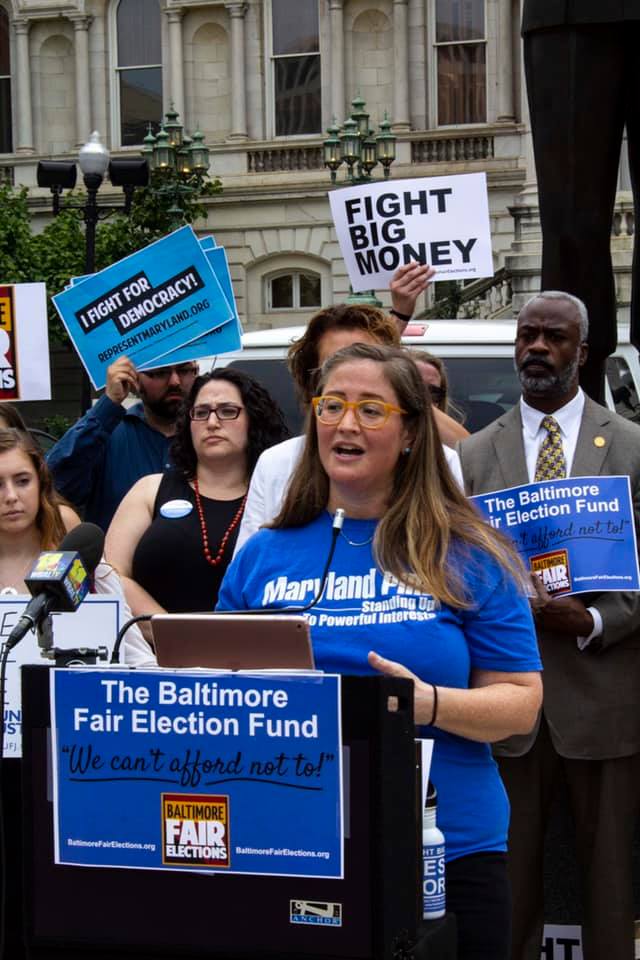
BGE’s Conduit Memo – what does it mean?
On Monday, the Maryland Public Service Commission (PSC), which regulates public utilities, ordered BGE to release a memo on the financing of a deal with Baltimore City to make improvements to the City’s conduit system. BGE released the letter on Thursday.
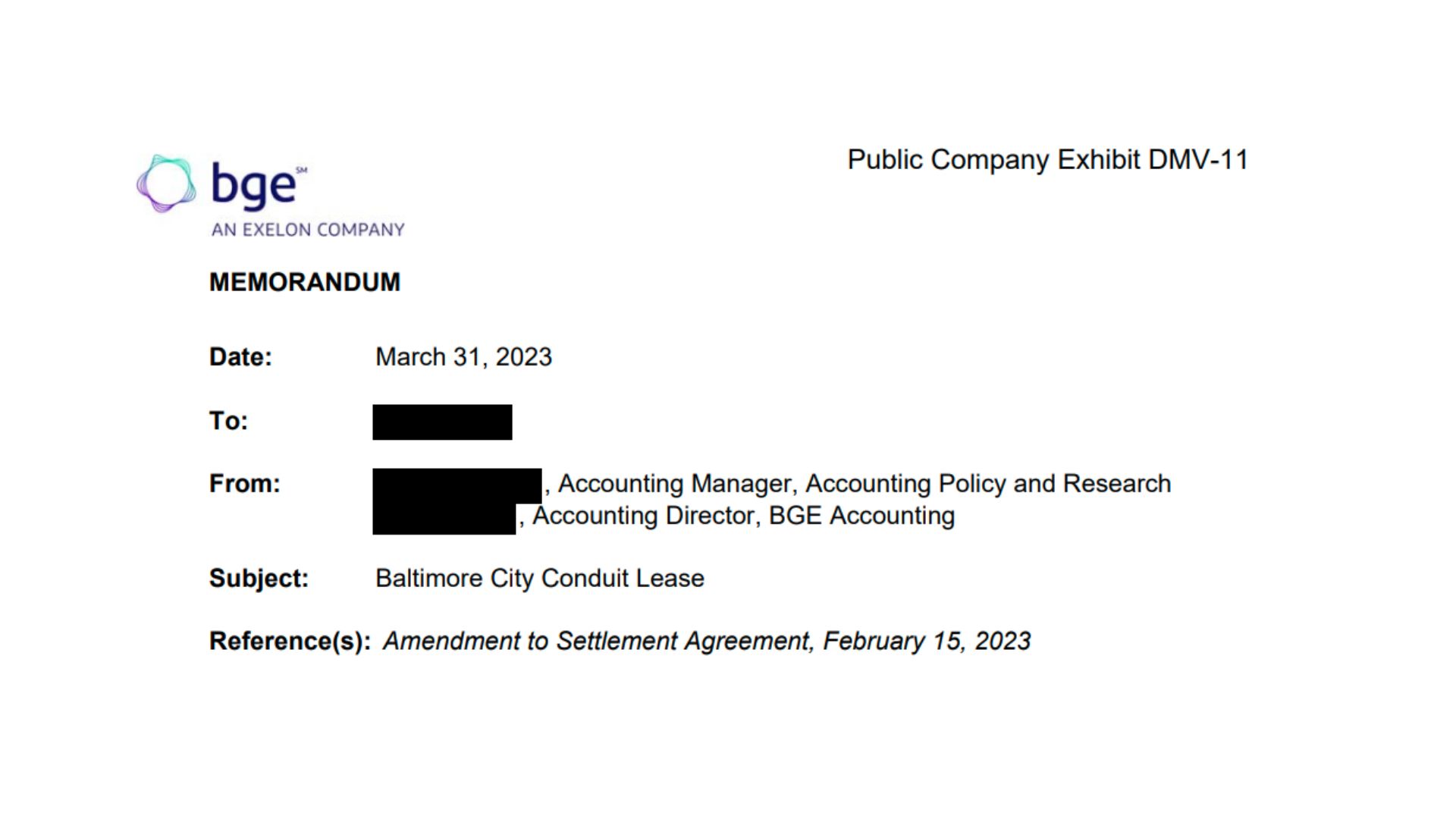
On Monday, the Maryland Public Service Commission (PSC), which regulates public utilities, ordered BGE to release a memo on the financing of a deal with Baltimore City to make improvements to the City’s conduit system. BGE released the letter on Thursday.
The memo is part of BGE’s proposed $602.4 million multi-year rate hike proposal before the PSC.
According to the Office of the People’s Counsel (OPC), if approved, BGE’s proposed rate hike would increase customers’ annual gas and electric bills by an average of $810 more by 2026.
What’s in the memo?
According to the memo, the company plans to capitalize the conduit expenses. If approved, this accounting decision means ratepayers will pay back BGE’s investment over the projected lifetime of the system, with interest to the company. This increases shareholder profits, but anyone with a credit card knows “buy now, pay later” costs customers much more long term when interest is involved. But instead of acknowledging this, BGE continues to claim capitalizing the costs saves customers money, highlighting the upfront savings. You can read more about the memo and it’s implications in this story from The Baltimore Banner.
BGE’s original refusal to release this memo exacerbates customer opinion that the company is operating in a black-box away from public scrutiny. As a state granted monopoly, regulated utilities are in a unique position where profits are tied directly to regulators’ decisions.
This is why it is so important that these decisions be made in a way that is transparent and accessible to the public. It’s great news that the PSC is operating in such a way and frustrating that BGE engaged in so much hand wringing over the request.
Sometimes it makes sense to capitalize expenses, sometimes it doesn’t.
What else is in the rate hike?
So what else is included in BGE’s rate proposal other than the conduit?
A key component is the company’s proposal to increase spending on new gas infrastructure by $1.8 billion. This capital spending goes well beyond ensuring safety and reliability and customers will be paying for the investment for decades to come.
Analysis from the OPC finds that BGE is already spending more than $6,000 per home on their gas equipment replacement program, and plans to recover that investment – with profit for its investors – at an average per-house cost of at least $19,000.
We’re counting on the PSC to give tough scrutiny to BGE’s rate proposal, particularly related to the capital expense on both the conduit and gas infrastructure spending.
The PSC will make a final decision on BGE’s multi-year rate hike in the next couple of weeks.
More on the BGE rate case
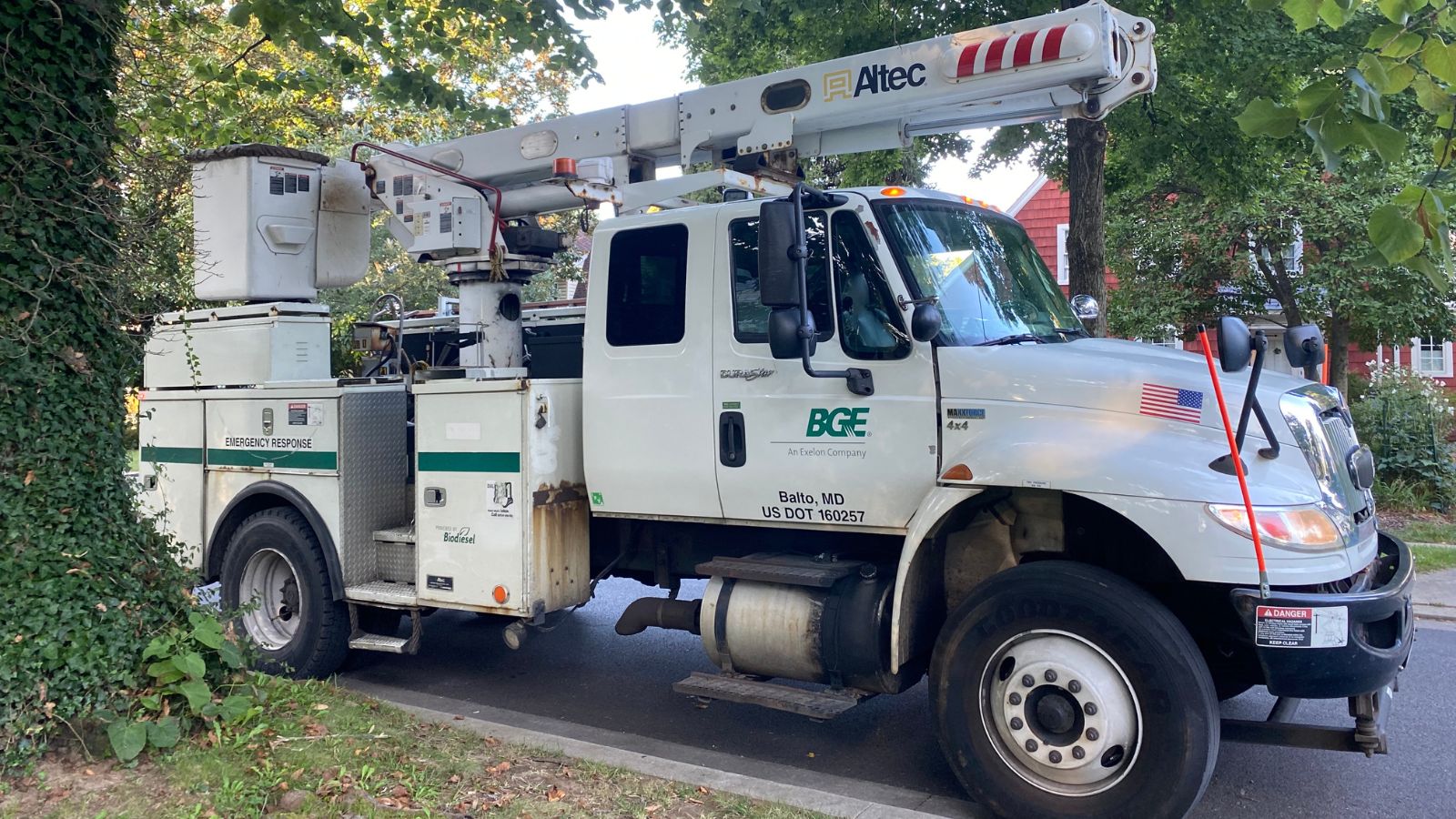
The BGE rate hike is a bad deal for Maryland.
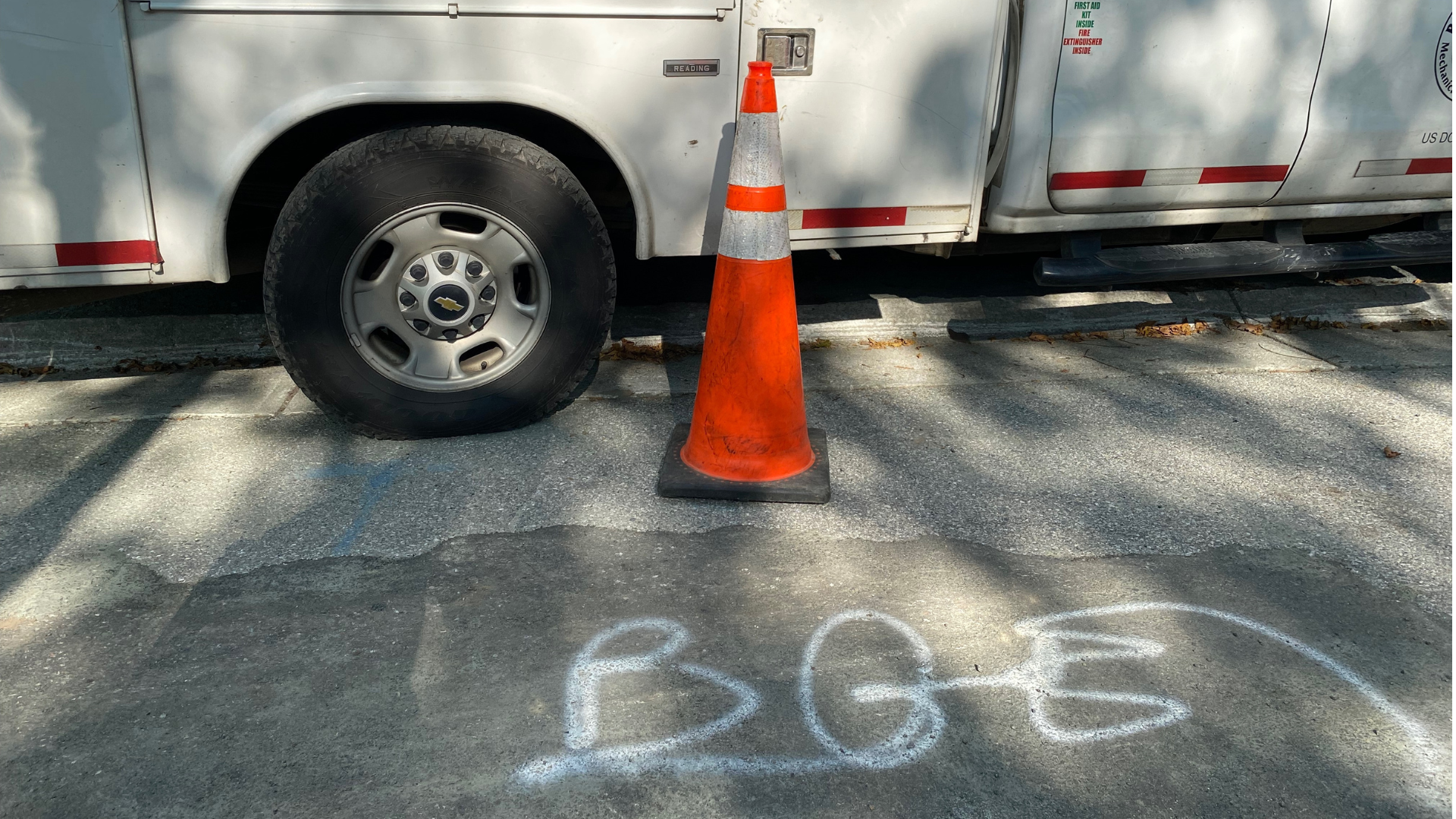
Intro: The many problems with BGE’s multi-year rate hike
Part 1: BGE’s multi-year rate hike will increase pollution

Part 2: BGE’s multi-year rate hike will make the transition to efficient electric homes slower and more expensive.

Part 3: BGE’s multi-year rate hike is bad for consumers
Take the next step to help support our work.
Using the time-tested tools of investigative research, media exposés, grassroots organizing, advocacy and litigation, Maryland PIRG Foundation, a 501(c)(3) organization, stands up to powerful interests and delivers concrete results. But we need your support to keep our work going strong.
As threats to the public interest grow, our work becomes more important every day. Every contribution powers our research, fuels our advocacy, and sustains our future.
Topics
Authors
Emily Scarr
State Director, Maryland PIRG Foundation
Emily directs strategy, organizational development, research, communications and legislative advocacy for Maryland PIRG. Recently, Emily helped win small donor public financing in Montgomery and Howard counties, and the Maryland Keep Antibiotics Effective Act to protect public health by restricting the use of antibiotics on Maryland farms. Emily also serves on the Executive Committees of the Maryland Fair Elections Coalition and the Maryland Campaign to Keep Antibiotics Working, and the Steering Committees for the Maryland Pesticide Action Network and Marylanders for Open Government. Emily lives in Baltimore with her husband and dog.
Find Out More

Electric and gas utilities spend millions on political influence in Maryland
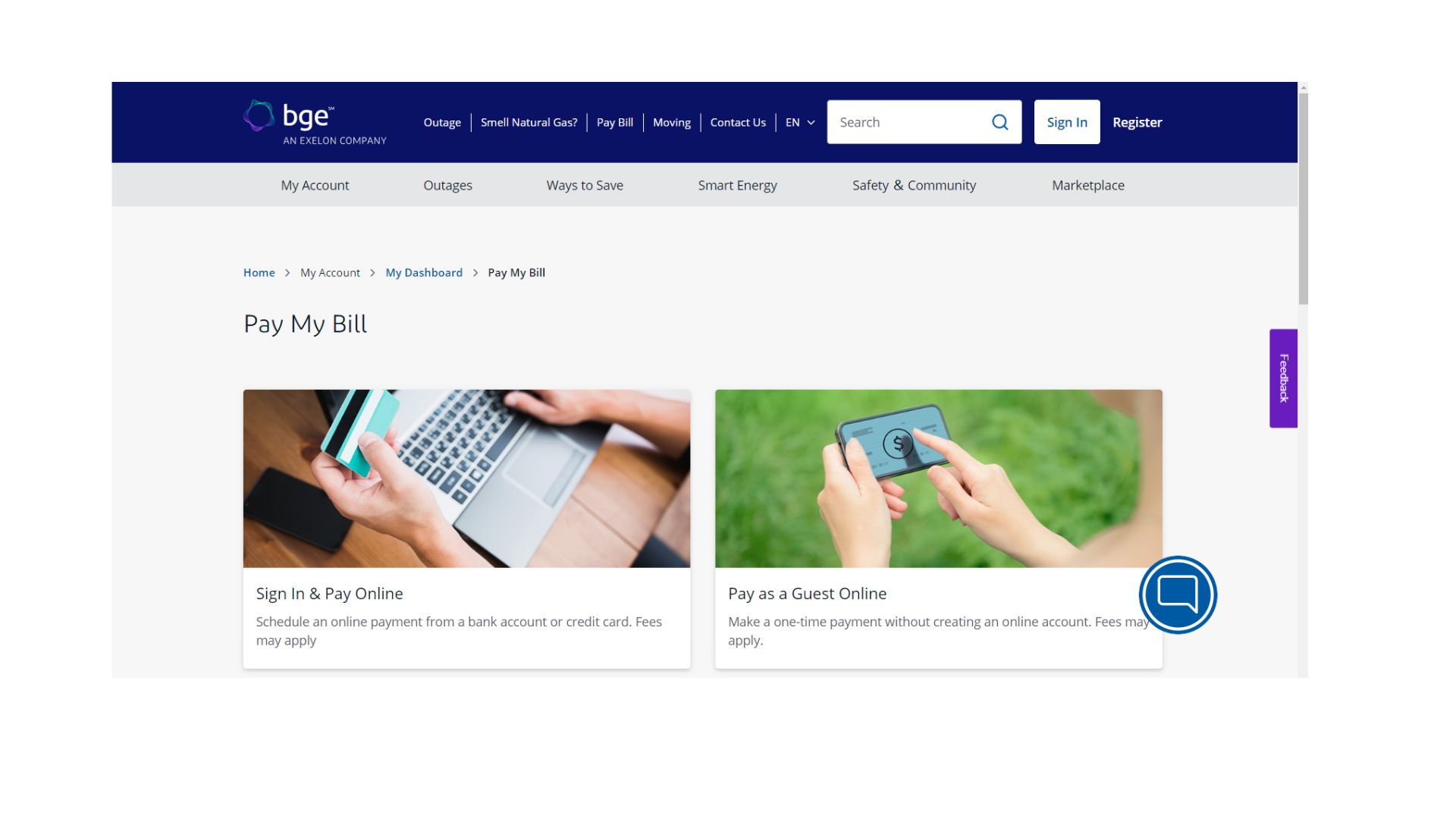
BGE’s Rate Hike – what does it mean?

It’s time for Maryland to start planning for a future without gas heat and power.
